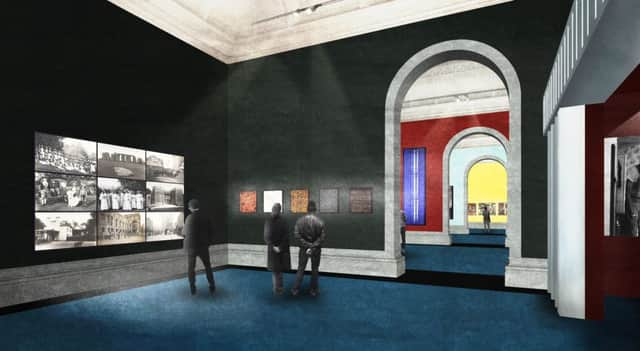V&A develops a future for Bradford's '˜cultural treasures'


So the Victoria and Albert Museum, in London’s Knighstridge, was choosing its words carefully yesterday as it unveiled the exhibition space it has developed for them.
Photographs held at the National Media Museum in West Yorkshire had been transferred to the V&A to create “the world’s foremost single collection on the art of photography”.
Advertisement
Hide AdAdvertisement
Hide AdCritics, including the Bradford-born artist David Hockney had said the museum was stripping the city of one of its “cultural treasures”, and Simon Cooke, leader of the council’s Conservative group, complained that the museum cared “not one jot” for its heritage and history”.
Tristram Hunt, the former Labour MP who is now director of the V&A, said the museum’s new Photography Centre, which opens in October, would “explore and explain the medium in a compelling new way”.
The centre will house not only the Royal Photographic Society collection transplanted from Bradford, but also new acquisitions including a selection of photographs taken by the late Linda McCartney, donated to the museum by her husband, the former Beatle Sir Paul. The images feature music stars and “tender family” moments.
Martin Barnes, senior curator of photographs at the V&A, said the collection in London would be available to all, “since we are able to catalogue it, digitalise it, put it out on loan”.
Advertisement
Hide AdAdvertisement
Hide AdHe added: “I hope that means that the collection is visible all over the country and around the world. It’s about making it accessible.”
Mr Barnes suggested that exhibitions generated in London might “end up in Bradford” on tour, adding: “It’s about working collaboratively across the institutions from this point forward.”
The inaugural display will trace a history of photography from the 19th century, including pictures of the first attempt on Everest in 1921, a digital wall “to show the most cutting-edge photographic imagery” and a “dark tent” inspired by the travelling darkrooms of 19th century photographers.